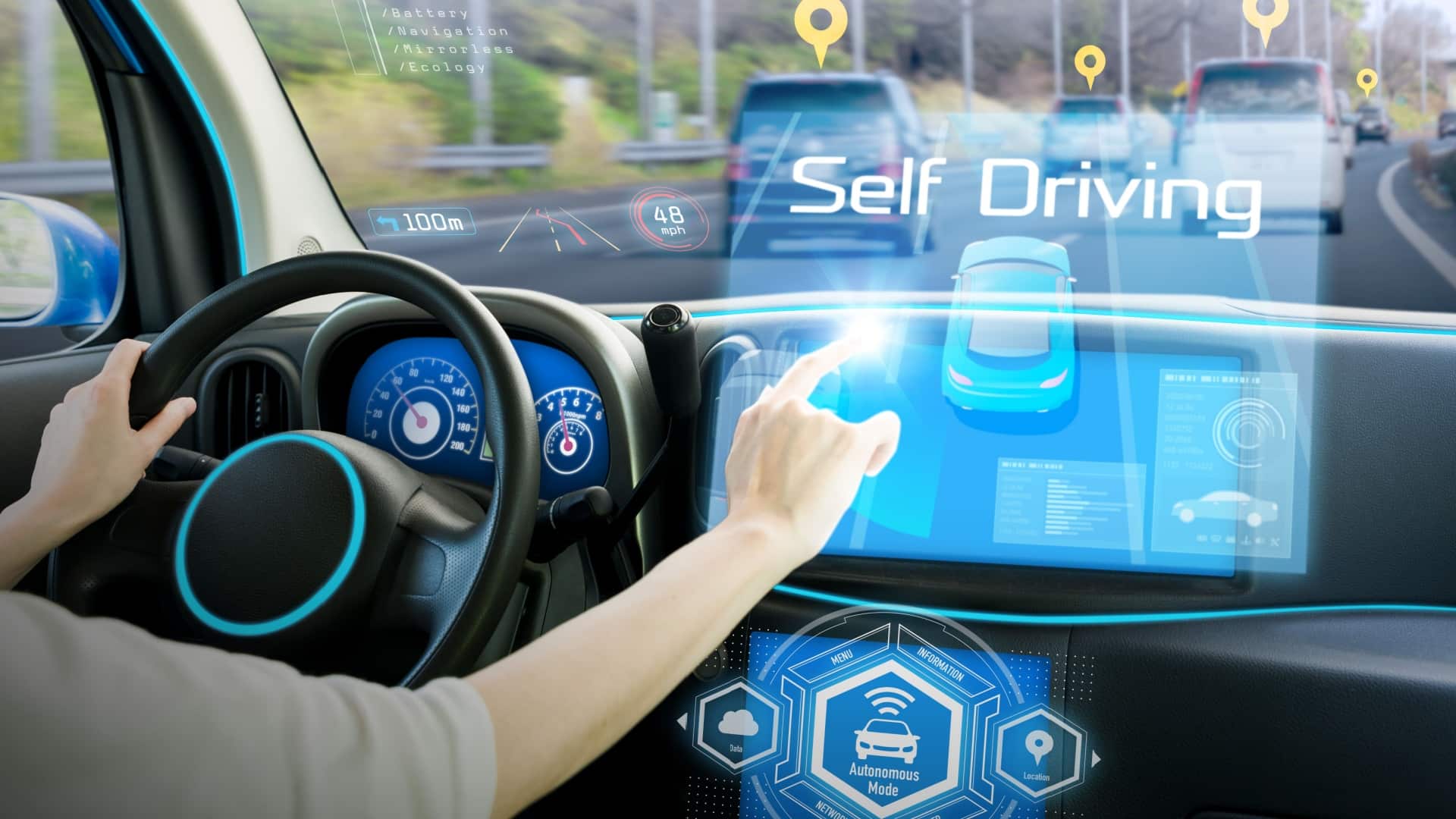Exploring New Hologram Tech in 2025

Emerging Trends in Hologram Technology in 2025
In 2025, hologram technology is reaching new heights, driven by innovations in AI, optics, and data processing. Cutting-edge advancements like light field display holograms and digital holographic microscopy are redefining how professionals interact with 3D data—making these visuals more immersive, precise, and functional across industries.
One of the most significant breakthroughs is the integration of AI into holographic display systems. These smart systems enable real-time data analysis and adaptive projection, significantly improving visual clarity, depth perception, and responsiveness. As a result, industries such as healthcare, telecommunications, entertainment, and defense are leveraging these developments to enhance training environments, surgical planning, and remote collaboration.
The rapid evolution of holographic technologies underscores the importance of continued investment in research and development. For businesses aiming to stay competitive and innovative, adopting these next-generation tools is no longer optional—it’s essential.
The Evolution of Holographic Displays
While improving electron microscope resolution, Hungarian-British scientist Dennis Gabor invented holographic technology in the 1940s. Gabor’s 1971 Nobel Prize in Physics-winning wavefront reconstruction approach used the interference pattern between two light waves—one reflected off an object and the other a reference beam. This hypothesis was not used until 1960 when the laser offered a coherent light source for crisp, detailed holograms. Emmett Leith and Juris Upatnieks’ 1965 hologram, which formed a 3D picture and improved on Gabor’s method, is called the first “real-life hologram.” It also allowed the recording of 3D objects and broadened holographic applications from storage and display to optical testing. Plus, Verizon and Korea Telecom conducted the first international holographic call in 2017.
Digital tools and materials science have enhanced holographic displays. E.g., due to the new hologram tech, electro-holography uses fast-switching LCDs or DMDs instead of mechanical scanning or numerous projectors. It enables dynamic, real-time 3D images without glasses, which may help medical imaging with exhaustive, interactive organ visualizations for diagnosis and surgery. SLMs have made light pattern modification possible for high-resolution 3D images. Pulsed laser systems may also create aerial holograms, which can project 3D imagery into mid-air for emergency signaling and advertisement. These advances and ongoing research in increasing the angular viewing range and decreasing computational load through better algorithms and processing hardware suggest that holography will evolve from laboratory curiosities to entertainment, telecommunications, and education.
Automotive Innovations: The Road Ahead with Holography

Transformative Impact of Holographic Displays in the Automotive Industry
In 2025, holographic display technology is transforming the automotive landscape by creating safer, smarter, and more immersive driving experiences. Advanced in-car holograms now integrate directly into windshields and dashboard panels, projecting essential driving information—like speed, navigation, and traffic alerts—into the driver’s natural line of sight. This allows drivers to stay focused on the road while receiving real-time, context-aware data that appears to float in the environment ahead.
One leading example is Continental’s Natural 3D Lightfield Instrument Cluster, featured in the Genesis GV80. Using diffractive optical elements (DOEs), the system delivers a layered, glasses-free 3D interface that improves depth perception and reduces distraction. Drivers and passengers benefit from a multi-dimensional display of vehicle status and warnings, with alerts that can visually hover above the dashboard or road during critical situations. These innovations enhance driver responsiveness and elevate vehicle-user interaction to new levels of precision and clarity.
Enhancing the Driving Experience with Holographic Technology
Holographic technology is making car interiors appealing and intuitive. Panasonic’s AR HUD system uses AI and deep learning to integrate real-world and digital information while displaying lane lines and GPS instructions on the road ahead. It projects a broad field of vision and adapts the display in actual time to external light conditions for visibility day and night. Another example of holographic features in user interfaces is Mercedes-Benz’s MBUX Hyperscreen, which is centered on users. A visually striking widescreen curved display stretches the whole dashboard width, enabling gesture-based manipulation of holographic objects without physical touch. Remember, a 65-watt wall might generate full HD images over 3 meters tall. Meanwhile, because of low-energy projections, holographic technology might show transparent car diagnostics and energy use information on demand.
Beyond Entertainment: Holography’s Real-World Impact
Medical Imaging Innovations with Holography
Holographic technology in medical imaging has made diagnostics more lively and interactive. Digital holographic microscopy lets clinicians see live tissues in real-time without dyes or intrusive procedures for cellular-level research and diagnosis. High-resolution 3D imaging of cellular processes can diagnose and cure cancer early. Holographic imaging helps surgical planning and training by seeing organs and physiological components in 3D. Surgeons may practice several surgical methods and predict issues before surgery. It helps improve accuracy and cut operating risks. New hologram tech in medical education permits examining complicated anatomical components. Medical students can investigate feasible 3D organ holograms, which are harder to see in 2D photographs or corpse dissections.
Retail Enhancement Through Holographic Displays
In retail, holographic technology is changing consumer involvement and shop design. Holograms generate 360-degree displays that let shoppers see objects in depth without touching them. Visualizing product specs and functions in high-end retail settings helps consumers make purchases. E.g., jewelry businesses utilize holographic displays to show off their items for a richer shopping experience that increases client traffic. Fashion stores also use holograms to present life-sized models wearing their newest designs in window displays and in-store installations. It maximizes space and renders shopping futuristic. These holographic technologies help manage inventory since digital catalogs let buyers peruse alternatives that are not on the shop floor. Also, Coca-Cola’s Zurich Main Station holographic promotion uses holographic technology to engage retail marketing. Over 18,000 individuals played Coca-Cola’s hologram game for two weeks, distributing 150,000 product samples.
Explore the Future of Holography: What’s Next in 2025 and Beyond
We show how new hologram tech is changing interactions across industries—and its future looks even more transformative. Volumetric displays, AI-adaptive holograms, and space-grade visual interfaces are poised to redefine collaboration, diagnostics, and immersive experiences. Our latest innovations enable real-time 3D data visualization, intuitive gesture control, and dynamic content systems across automotive, medical, educational, and advertising fields. As we continue to push boundaries, holography will evolve from an enhancement to a core interface across applications. Explore our Holos solutions to see how we’re shaping this future.





